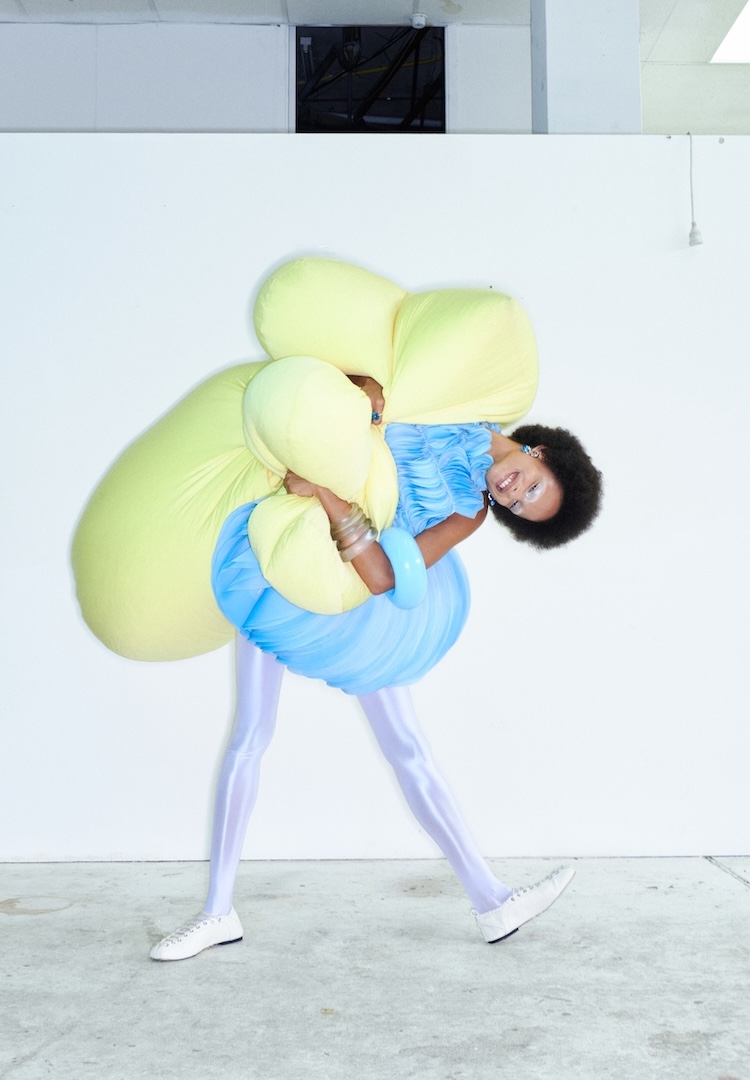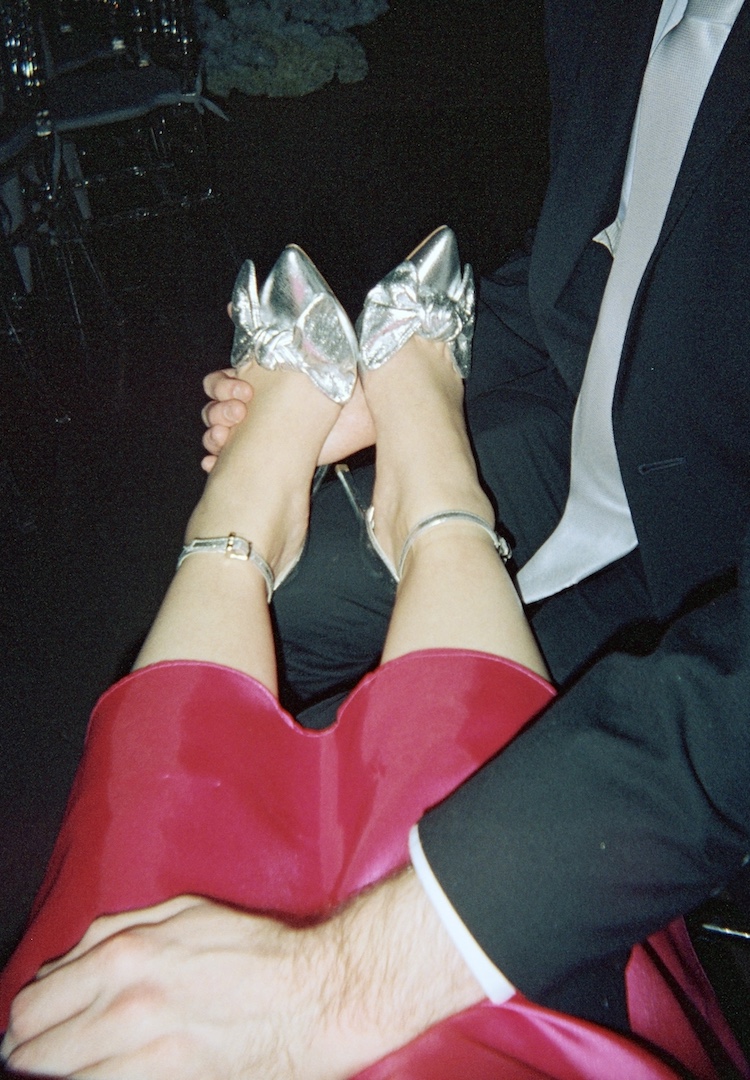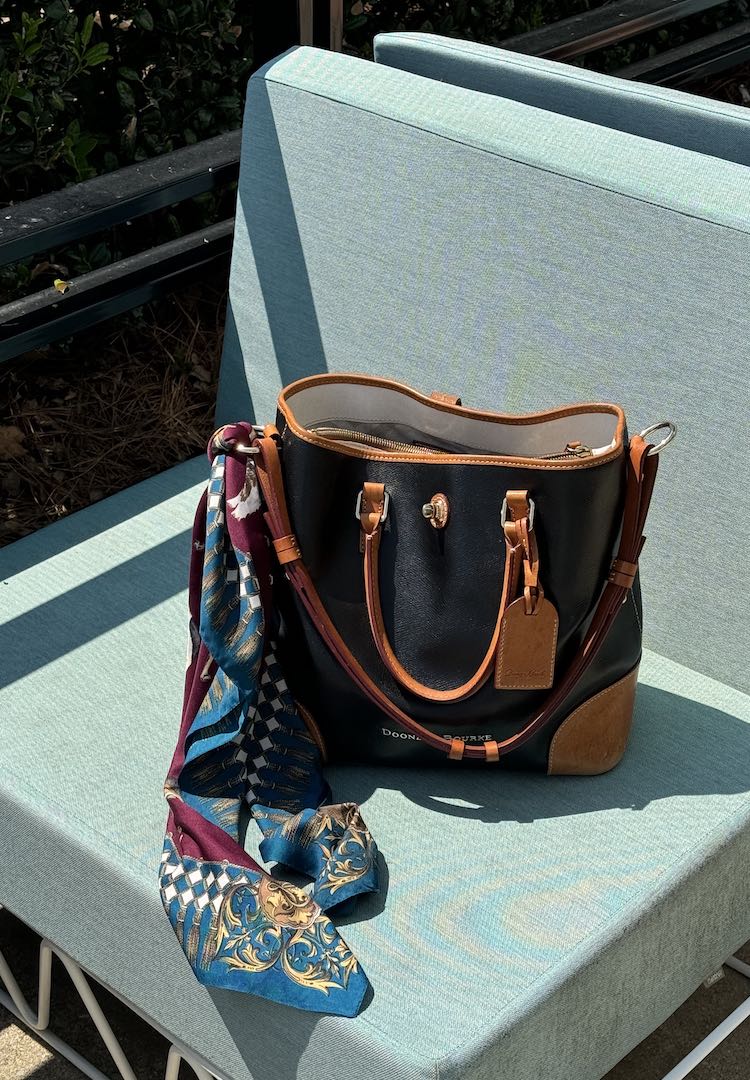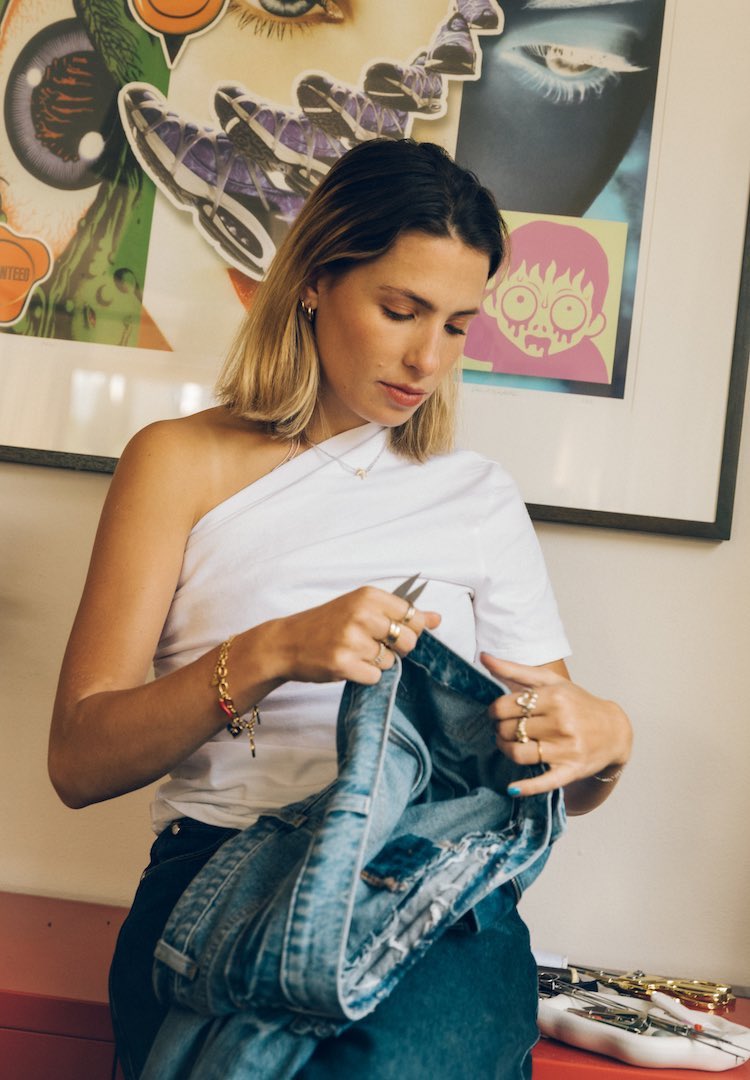How to stop jewellery from turning your skin green, according to two jewellers
IMAGE VIA @BONUS_PRIZE/INSTAGRAM
WORDS BY VIOLETT FARRAR
Two experts weigh in.
Most of my primary school weekends were spent perusing the racks of my local Diva with my two best friends, taking turns choosing our favourite neck, finger and wrist adornments. One week it would be matching three-peas-in-a-pod BFF necklaces and the next a three-pack of pink and purple love heart rings.
Around one week later, the jewellery would be brown, tarnished and look like something we had found at the bottom of the playground slide. Worse still, our skin would be tinged with green. Being 9 year olds, we could never quite understand why it was happening. To this day, at the ripe old age of 21, I still don’t fully understand why it happens.
For more like this, head to our Fashion section.
To find out more about this issue I spoke to two Melbourne-based jewellery designers, Alex Lily, the founder of Bonus Prize, and Madalene Roper, the founder of her eponymous beaded jewellery label.
So what is green staining?
Being an expert in all things silver and gold jewellery, Alex explains what causes these green stains. “Green staining is an allergic skin reaction to, most commonly, copper, brass or plated jewellery products. When a piece of jewellery is plated, a thin coat of silver or gold is plated on the base metal of brass or copper and once it begins to wear down your skin makes contact with it, causing a potential green reaction/colouring on the skin,” he says.
If you’re anything like me, you’ve probably wondered whether these stains are harmful to your skin. Thankfully, as Alex says, “It is merely a result of the natural oils in your skin being in contact with the copper”.
The most common misconceptions
Alex tells me a common misconception when it comes to jewellery and green stains is the idea that everyone has the same allergies. “I have seen people [have] allergic [reactions like green staining] to solid 925 silver and solid 9k gold which you think of as quality jewellery, and [have] also seen people not react to brass [and] copper jewellery, [which is] commonly thought of as cheap jewellery,” he says.
View this post on Instagram
Alex says another misconception is that only poorly made jewellery will stain your skin. “Cheap jewellery is sometimes just as likely to react to your skin as expensive jewellery if they are made out of the same metal.”
Ways to avoid green staining
As someone who reaches for my jewellery pieces every day, and doesn’t take them off to shower or swim, I’ve always wondered if there’s something I could be doing to reduce the chance of green stains happening.
Alex suggests avoiding rings if you’re prone to green staining. “Rings have more contact with your skin than necklaces or earrings. Jewellers actually avoid setting softer stones like opals on rings because they wear down more than other jewellery. If the inside of a ring isn’t smooth, dirt and sweat can also build up and can grow a small colony in there.”
Alex recommends opting for Argentium silver, a hypoallergenic silver comprised of 93.5 to 94 per cent silver. “Most jewellers have access to this alloy but don’t exclusively use it as it’s fractionally more expensive. I’d suggest asking your jeweller if they work with Argentium silver if you have reactions to 925 sterling silver.”
View this post on Instagram
Madelene suggests keeping all jewellery (particularly resin or acrylic jewellery) away from the sun and avoiding showering or swimming with jewellery on as it will tarnish. “Treat them like wearable art and care for them accordingly!”
What to do when your skin is stained and how to prevent it from happening
Even though green staining is harmless, sometimes it can be a little hard to scrub off. Alex suggests using hand soap or if you’re looking to stop the green staining before it’s even begun you could try the clear nail polish hack. The method gained popularity on TikTok and involves painting your jewellery with a thin layer of clear nail polish before wear to eliminate the chance of green stains. Although it may be hard to believe, people claim it works by creating a barrier between the jewellery and your skin.
Both Madalene and Alex tell me finding jewellery that doesn’t stain your skin green can be a bit of a process. Alex recommends “… wearing different metals and seeing how your skin reacts” and “speaking to your jeweller about what works [and] doesn’t work for you”, especially if you’re planning on getting a piece custom-made. “Always keep in mind we have industry-relevant knowledge that you might not have,” he says.
Madalene suggests avoiding anything gold or silver-plated. “They might be affordable but you’ll pay for them later with a green neck or hands! Often with fine jewellery, you get what you pay for, so it’s worth spending a little more for genuine sterling silver or gold pieces that will last for decades if looked after properly.”
Of course, there’s always beaded jewellery that doesn’t tarnish or turn your skin green. In her work, Madalene uses a “combination of new and second-hand freshwater pearls, stone, ceramic, resin, glass, acrylic and shell beads with sterling silver clasps which will naturally tarnish when exposed to air, chemicals and water but can be easily cleaned with a polishing cloth, none of which will turn your skin green.” It’s a fun, colourful and versatile alternative, and it comes with a no-green guarantee.
This article was originally published on January 23, 2023.
For Australian jewellery label recommendations, head here.













